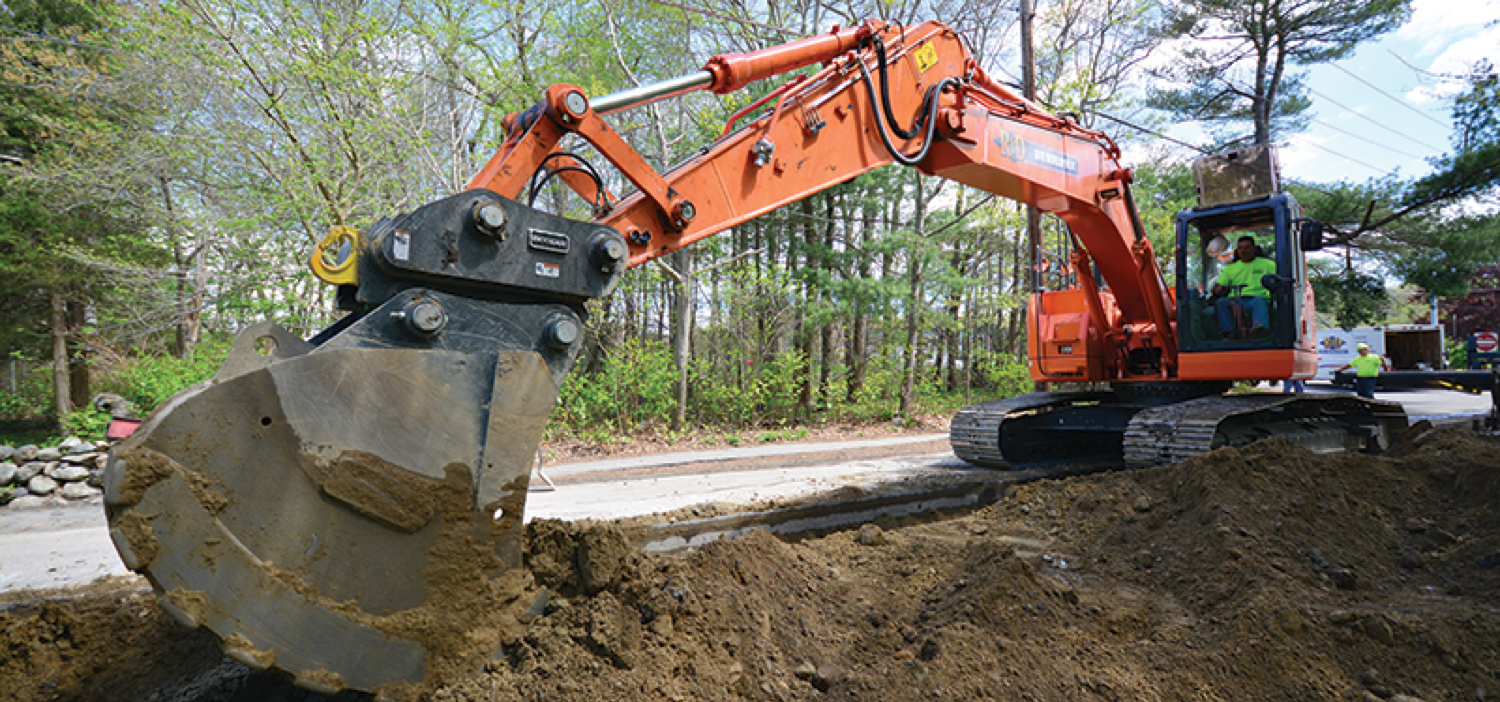Replacement
Replacement is defined in the AWWAAmerican Water Works Association Asset Management Definitions Guidebook as “the complete replacement of an existing asset that has reached the end of its useful life.” AWWAAmerican Water Works Association also defines replacement cost as “the current cost of replacing an existing asset with a new modern equivalent asset that provides the same or similar level of service potential.”
Deciding when to replace an asset can be a complicated decision. Factors that enter this decision are the relative cost of repair, rehabilitation, and replacement; useful life of the replaced asset compared to the useful life with repair and rehabilitation; replacing an asset with no structural integrity to allow for repair or rehabilitation; coordination with other asset replacement (e.g., roads); and need to prevent high-risk events. Use this flow chart to help decide when to repair, rehabilitate, or replace an asset.
Through a life cycle cost analysis, a system will be able to make decisions about when to repair, rehabilitate, and replace an asset to optimize the asset’s life and minimize the asset’s cost. There must be a balance between O&M and Replacement, so spending is optimized. If appropriate spending is made on assets to keep them in service longer, replacement can be forestalled. If replacement occurs more often, less needs to be spent on maintenance and repairs. However, most of the time, replacement is much more costly, making the more efficient strategy one that involves maintenance more than replacement.
